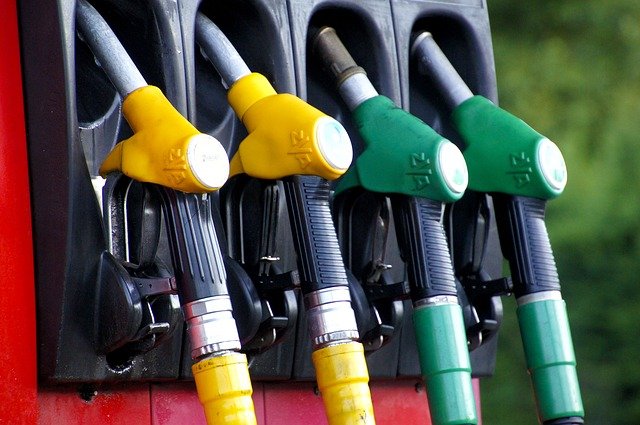
Ukraine crisis: Why India is buying more Russian oil
By Shruti Menon - BBC Reality Check
As calls continue for India to keep its distance from Moscow after the invasion of Ukraine, its oil purchases from Russia have more than doubled from last year.
The Indian government has defended the move to buy Russian oil, and said what it buys from Russia in a month is less than what Europe buys from Russia in an afternoon.
Why is India buying more Russian oil?
India has taken advantage of discounted prices to ramp up oil imports from Russia at a time when global energy prices have been rising.
The US has said that although these oil imports do not violate sanctions, “support for Russia…is support for an invasion that obviously is having a devastating impact”.
UK Foreign Secretary Liz Truss also urged India to reduce its dependence on Russia during a trip to Delhi in March, which took place at the same time as a visit by the Russian foreign minister, Sergei Lavrov.
Mr Lavrov told his Indian counterparts that Russia was willing to discuss any goods that India wanted to buy and urged that payments be made in roubles.
Where does India get its oil?
After the US and China, India is the world’s third-largest consumer of oil, over 80% of which is imported.
But in 2021, only around 2% of its total oil imports (12 million barrels of Urals crude) came from Russia, according to Kpler, a commodities research group.
By far the largest supplies last year came from oil producers in the Middle East, with significant quantities also from the US and Nigeria.
In January and February, India didn’t import any oil from Russia.
But so far, the amount of Urals oil contracts made for India covering March, April, May and June – around 26 million barrels – is higher than the quantity purchased during the whole of 2021, according to Kpler.
What’s the deal India is getting?
Following its invasion of Ukraine, there are now fewer buyers for Russia’s Ural crude oil, with some foreign governments and companies deciding to shun Russian energy exports, and its price has fallen.
While the exact price of the sales made to India is unknown, “the discount of Urals to Brent crude [the global benchmark] remains at around $30 per barrel”, says Matt Smith, an analyst at Kpler.
These two types of crude normally sell at a similar price.
At one point in March, as the price of Urals crude continued to drop, the difference between them reached an all-time record, he adds.
So “India is likely to purchase at least some of this [Russian] crude at a significant discount,” he says.
What’s the impact of financial sanctions?
Although the price is attractive, India’s big refining companies are facing a challenge trying to finance these purchases, because of sanctions on Russian banks.
It’s a problem facing trade in both directions.
One of the options India is looking at is a transaction system based on local currencies, where Indian exporters to Russia get paid in roubles instead of dollars or euros.
The US has made clear its reservations with this, saying it could “prop up the rouble or undermine the dollar-based financial system”.
Where else is India looking to buy oil?
India’s oil imports from the US have gone up significantly since February, according to analysts at Refinitiv.
However, market analysts say this may not be sustainable in the future as the US seeks to use its domestic oil production to replace supplies from Russia after its invasion of Ukraine.
There are also suggestions that trade with Iran could resume under a barter mechanism which Indian oil refiners could use to buy its oil. This arrangement stopped three years ago, when the US re-imposed sanctions on Iran.
But this is unlikely to resume without a wider deal reached in international negotiations with Iran over its nuclear programme.





